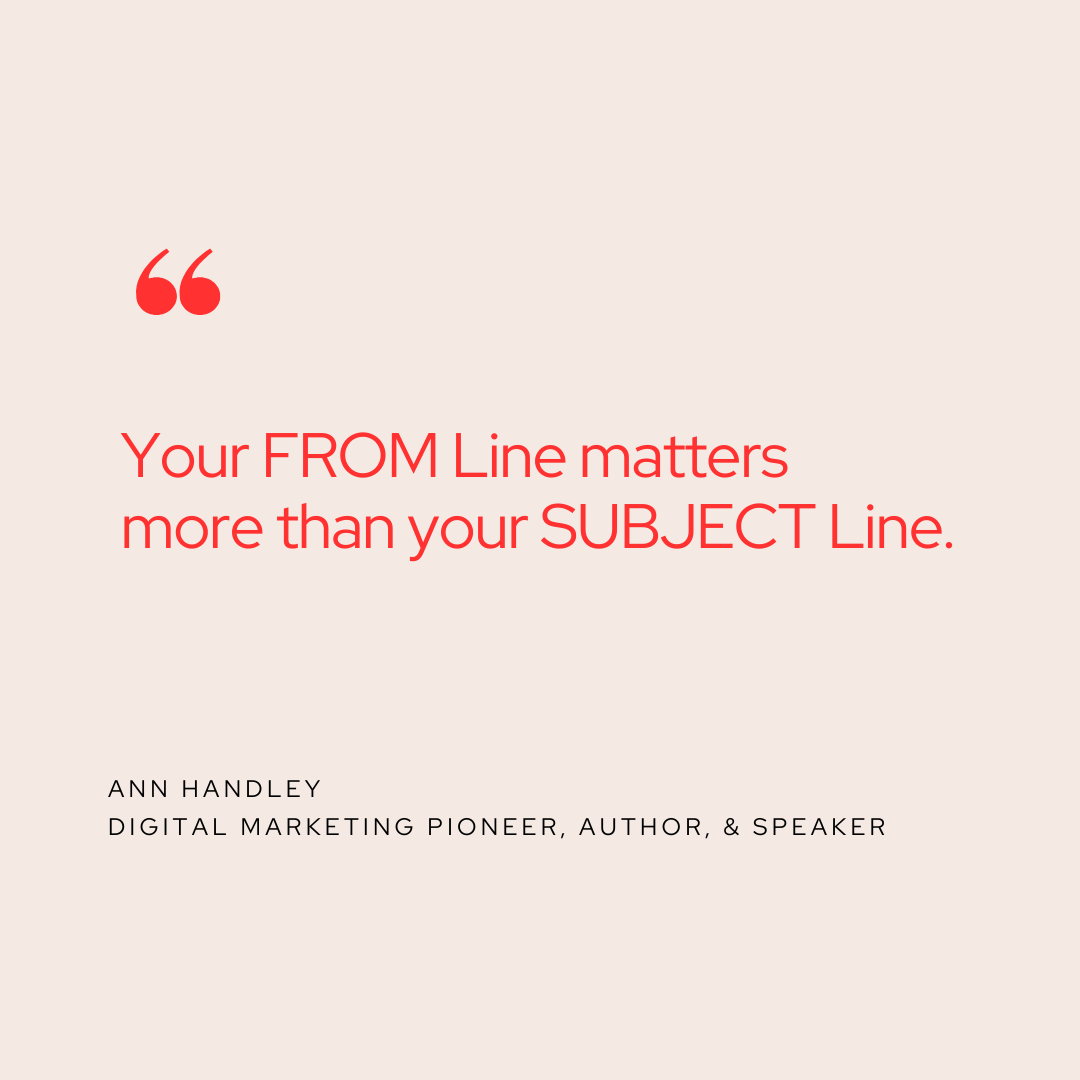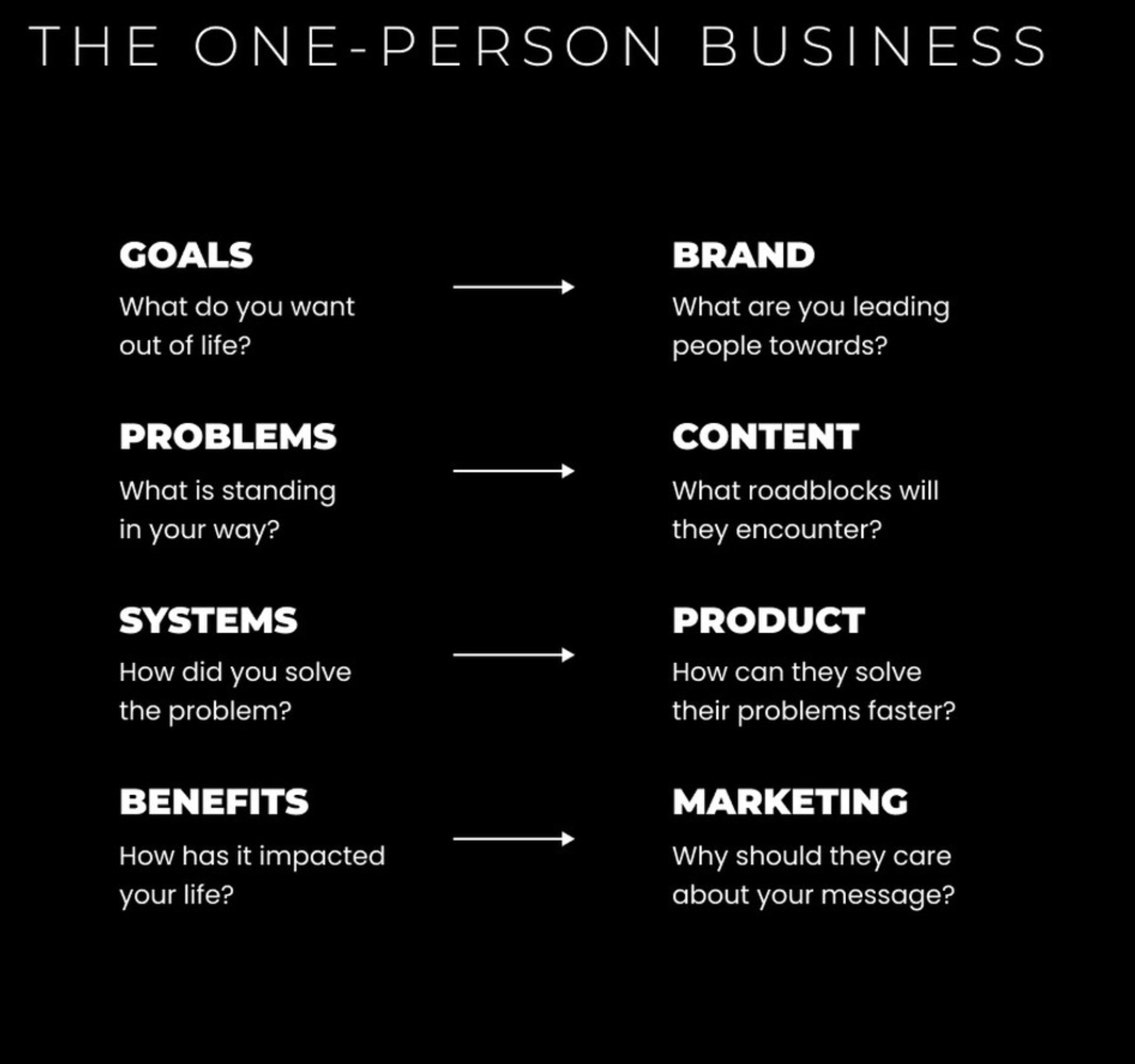Share your Brand Vision with Storytelling
I didn’t always have a vision. And it showed up in non-obvious ways.
We’re inundated with hand-me-down content advice littered across the internet. I’m sure you’ve seen this on your scroll, too.
Corporate marketing strategies get boiled down into bite-sized, Instagrammable posts and iterated on until it’s reduced to meaningless buzzwords you can’t scroll away from fast enough.
Storytelling is one of those buzzwords.
Despite its buzzworthy status, storytelling is among the few strategies worth the hype.
Most people understand the importance of storytelling but fewer know how.
They’ll start — and stop — with a brand story that answers, “why did I start my business?”
But storytelling does so much more.
It gives your brand personality.
That matters because people follow people. Not brands.
Imagine a movie without a protagonist, a novel without a main character.
It would be a hollow experience.
Without a compelling character, there isn’t an interesting enough reason to care.
Interest is more valuable than attention.
A catchy hook may get them in the door, but your vision, experiences, and problem-solving insights are what make people care enough about what you have to say to stick around.
Storytelling Prompts
SHARE YOUR VISION SO PEOPLE CAN CARE
Your audience may be the hero of the story, but you play an important character.
As an advisor, you help your audience make smart moves toward their goal.
But first they have to trust you. Relatability is a factor.
As Alex Hormozi wrote in his book $100M Offers, when you can articulate your audience's situation better than they can, they’ll view your approach as more credible and valuable.
A trustworthy advisor has two things:
A vision for a better future.
A plan to make it a reality.
Vision is the first step toward a better future.
We’re all in the business of before and afters. In every story; every offer, you're offering your audience a way to go from point A to B.
Those transformations are the raw material of storytelling that attracts people to your message. Communities are built on commonalities.
The most beloved brands rally fan bases by voicing their vision through shared goals.
Nike's "Just Do It" is a classic example.
It's more than just an encouragement to exercise; it's a rallying cry for anyone striving to overcome obstacles and achieve their dreams.
Personal brands do it, too.
Mel Robbins’ vision to help people overcome self-doubt launched her career as an author, speaker, and life coach, impacting millions through her books and online courses.
This week’s storytelling framework shows why your expertise is worth listening to whenever you post.
Status Quo: Describe the current reality.
The Vision: Describe the future goal.
Process: Step-by-step on how to move toward the goal.
The Takeaway: CTA/ drop the mic moment/ insightful lesson.
Hold this framework in your mind as we answer these prompts below.
The Status Quo
There are two types of problems. Both can help you describe the status quo.
External: Surface-level issues, such as low engagement, lack of clients, or overwhelm and burnout.
Internal: Emotional byproducts of the external problem, such as feeling invisible, inadequate, or unfulfilled.
Think of Elle Woods in Legally Blonde. Her external conflict is winning back the love of her life, but her internal conflict is proving to herself (and the world) she is not a dumb blonde. Both conflicts trigger her transformation into an inspiring Harvard Law grad.
2. Shared Vision
Contrast is the goal of this shared vision storytelling.
Pointing out the differences between the status quo (current reality) to your vision (the ideal future) helps people quickly understand how your ideas could help them.
What is life like without the status quo getting in the way?
From the example above, Mel Robbins' vision is a world without self-doubt.
Fill in the blank: The ideal future is a world without ____.
3. Process
If it were as easy as saying “I did it and you can too” you’d have fans but no customers.
There are a lot of broke freelancers, consultants, and coaches with big followings because they miss this step in their storytelling marketing strategies.
They’re popular, but poor.
Imagine your ideal client on one side of a cliff.
They want to make the leap but if you just tell them to jump while shouting, “you can do it,” their fear of falling will win out over their desire to get to the other side.
They need to know exactly what’s going to happen before they’ll trust you enough to leap.
Having a roadmap or step-by-step plan is how we quell their fears with logic.
Dan Koe, founder of a million dollar one-person business with even more followers, does an noteworthy job of conveying this through content. He gives the roadmap for success:
Your process is the bridge that connects those two points.
What skills or traits does your audience need to develop to win?
What action does your audience need to take to get to the desired outcome?
Without a detailed plan for the transformation, it sounds too good to be true.
4. The Takeaway
The last step in this storytelling framework ties all together with a memorable or actionable takeaway.
What should your reader keep in mind on this journey to the shared goal?
Yoda said: “Trust the force.”
Field of Dreams said: “Build it and they will come.”
Mel Robbins said: “Don’t let your mood dictate your actions.”
I said at the beginning of this article, interest matters more than attention.
When I started freelance writing and consulting during lockdown, I could only dream of being able to write from home and bring home the paycheck I wanted.
Without having to commute into New York City. Ever. ✅✅✅
Once I made that happen, I was a little lost. For y-e-a-r-s, I couldn’t understand why I had shiny object syndrome or why no accomplishment felt good enough.
I’ve been working on a rebrand and it’s finally starting to come to life. I have the opportunity to work with some really smart people to bring my vision to life.
I can’t wait to share what we've been working on. But for now…
Vision is one way to incorporate storytelling into content. But it’s far from the only way.
Next newsletter, I’ll share a storytelling strategy to vanquish the “Creator Curse.”
We’ll talk about what to post when you want to break from your niche to be free to post what interests YOU — without confusing your audience or the algorithm.
Happy Storytelling!
Cyndi
STORYCRAFT MARKETING
These storytelling prompts were originally published in the StoryCraft Newsletter, where solopreneurs learn how to share their story through content.



